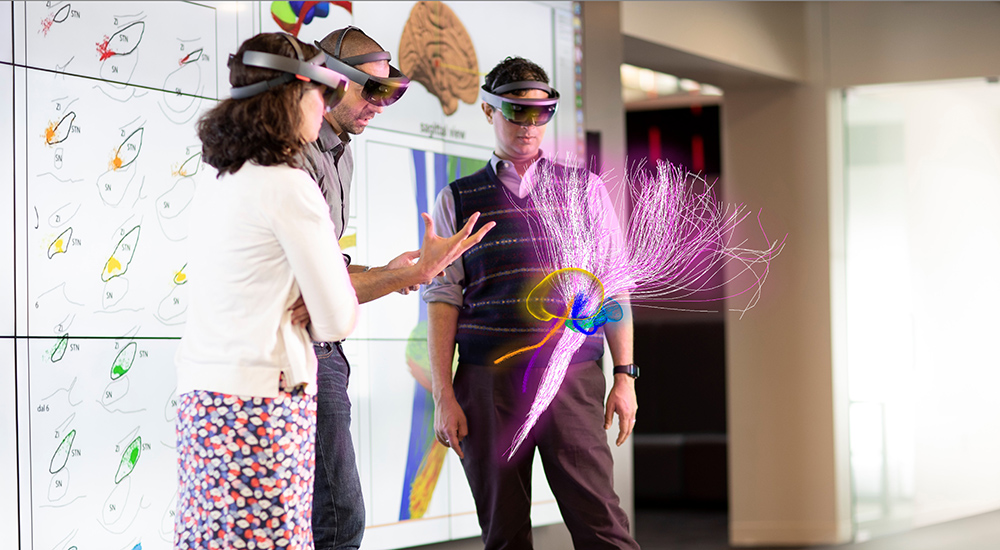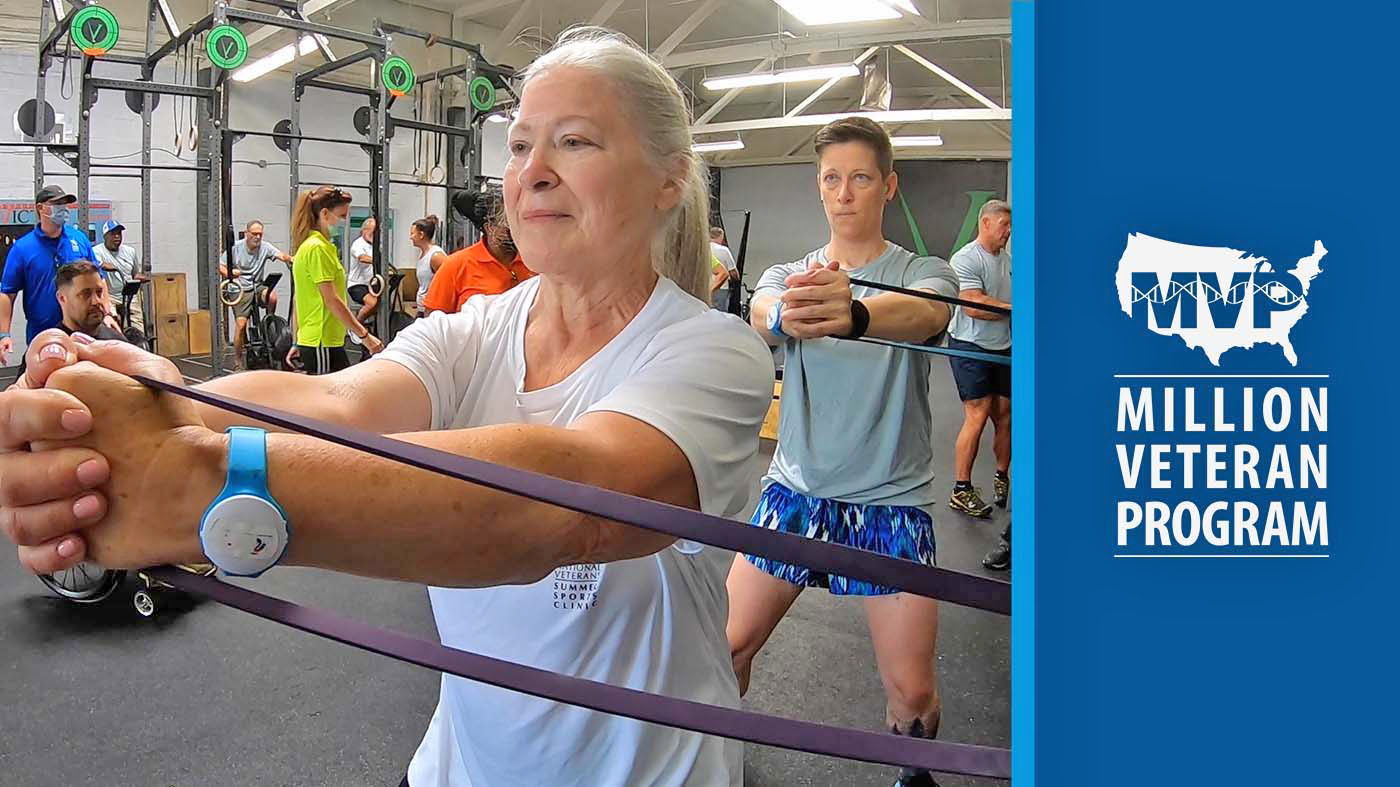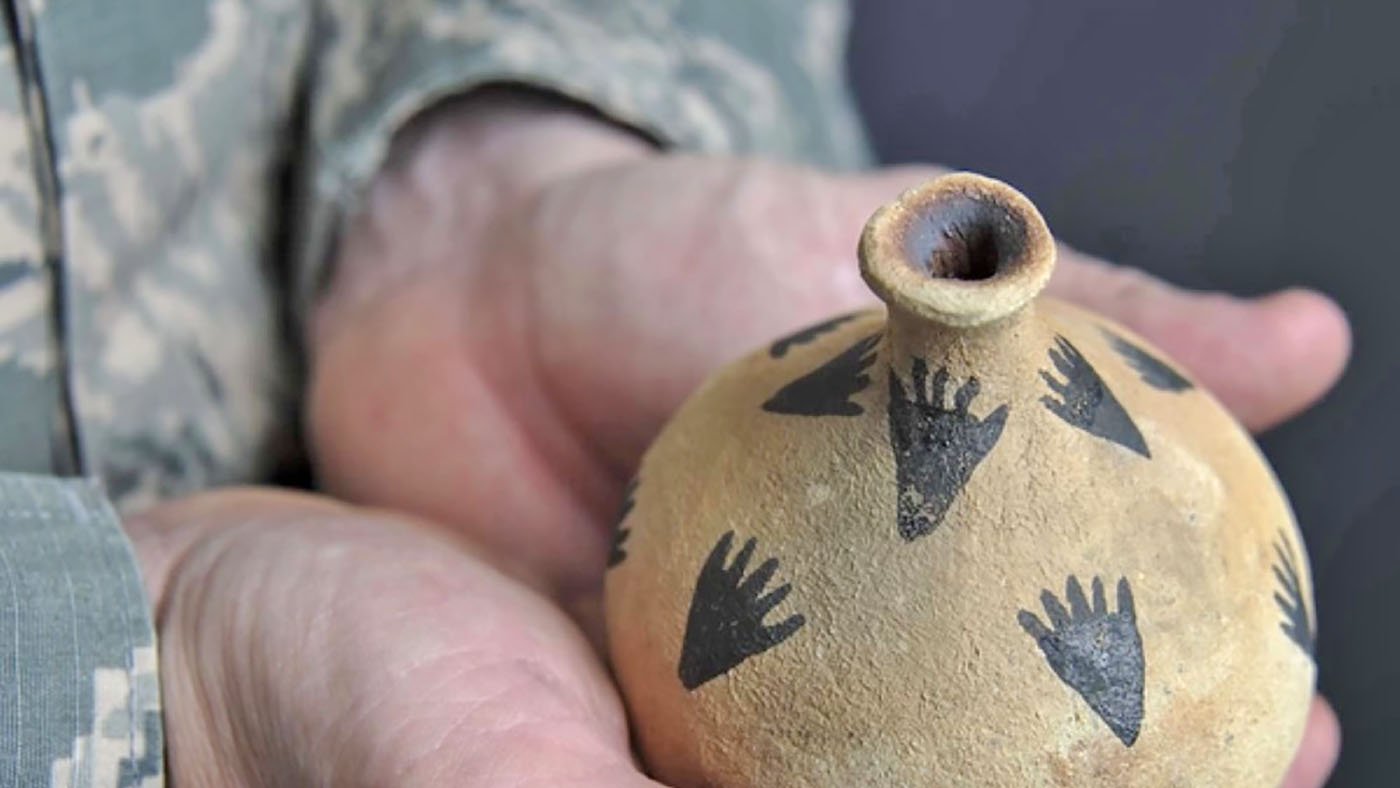During his training as a neuroscientist, Dr. Aasef Shaikh studied eye movement and the vestibular system. That’s the body system that helps us maintain balance and know where we are in space.
Later, Shaikh wanted to apply what he learned to complex movement disorders. He focused his research on Parkinson’s disease, a neurodegenerative disorder that causes gait and balance impairment. An estimated 1 million people in the U.S. have Parkinson’s disease. An additional 50,000 people receive the diagnosis each year.
The condition currently affects some 110,000 Veterans, according to VA’s Parkinson’s Disease Research, Education and Clinical Centers.
As an investigator at the Cleveland FES Center, Shaikh is involved in three research projects related to Parkinson’s. The FES Center is a consortium of the Louis Stokes Cleveland VA Medical Center and several partner organizations.
Examining how patients perceive their own motion
In broad strokes, they examine how patients perceive the environment in which they walk. Also, they look at how patients perceive their own motion through an environment and how they navigate environments.
All three projects use deep brain stimulation (DBS). This technology applies electrical stimulation to specific brain regions. For the study, Shaikh teamed with Dr. Cameron McIntyre, a fellow investigator and associate director of industry relations at the FES Center.
Shaikh’s experience as a vestibular and eye movement scientist and McIntyre’s expertise in DBS provide “the perfect model” to study gait impairments in participants with Parkinson’s disease, says Shaikh.
One project focuses on motion perception.
“We are studying how participants with Parkinson’s perceive their own directional heading. Whether they are going straight ahead or veering to the side,” says Shaikh. “We’re also interested in understanding why they veer and which neural pathways are involved in perception of their self-motion.”
The researchers hope to discover how to tweak those pathways with DBS to eliminate veering.

The Moog Chair is a motion simulator, similar to those used by NASA to train astronauts. Staff at the Cleveland FES Center use it to test motion perception.
Using motion simulators
Shaikh’s team is conducting behavioral experiments in the lab with motion simulators, like the Moog Chair. These experiments are similar to those used by NASA to train astronauts.
In the pilot study, researchers put Parkinson’s patients with DBS electrode implants in the simulator. The staff performs experiments with the DBS turned on and off to determine if it changes perception of motion. Researchers then combine that information with MRI images of the participants’ brains and with bioelectric field stimulation models created by McIntyre.
“Together, this gives us a sort of 3D picture of everything involved in the process,” says Shaikh. “That allows us to understand how participants with Parkinson’s perceive their own directional heading.”
Shaikh and McIntyre can view these models using the HoloLens. The device is a self-contained, holographic computer. It allows users to interact with digital content and holograms in the environment around them.
In the photo at top, Drs. Cameron McIntyre (center), Aasef Shaikh (right) and neurology colleague Dr. Camilla Kilbane study brain pathways through the HoloLens. The photo shows what the HoloLens glasses display.
“You see holographic objects in the context of the real world as opposed to virtual reality. In virtual reality, you are 100% immersed in a digital environment,” says McIntyre. “When you see the real world, you see people’s faces and communicate with people around you.”
He says this makes HoloLens technology an ideal teaching tool. It is particularly beneficial for understanding the human brain and its exquisite network of interconnected neurons.
To read about Shaikh’s other Parkinson’s projects, visit the VA Research website.
This story came from the members of the Cleveland FES Center.
Topics in this story
More Stories
MVP’s research informs personalized care for Veterans, supporting whole health and beyond.
More than 4,000 American Indian/Alaska Native Veterans have been approved for the copayment exemption and we're here to help you apply for yours, too.
The screening is an important conversation with your VA health care provider. Here’s the reality behind common misconceptions.







I have Parkinson Disease and not getting much help from local Doctors
If you do get a diagnosis of PD it is best for you to take you meds exactly as prescribed by your doctor. Also make sure to follow a diet plan for having the disease, it does make a difference in how well the meds work. Exercise is extremely important, and speech therapy. I wish you the very best. My husband had PD, he lived with his for about 17 years.
Don’t panic. It is not as bad as it seems. It is a slow disease and there are good medicines and all kinds of support and research projects. So ease into into it. Join a support group. Find a movement specialist. If you don’t know where go to an exercise activity. I speak from experience.
Don’t panic is good advice ….as for it being a slow progressing disease this is false as it effects every person differently my dad progressed very rapidly …but we were also blind sided with his health condition and we were not educated not prepared so take advantages of having the knowledge and time to do ur research and prepare yourself in such groups therapys etc….and just know ur not alone …also maybe attending groups before hand to actually be able to talk with others to help better get an understanding
IM A VIETNAM-ERA DISABLED VET WITH PRE-PARKINSON’s SYMPTOMS MAINLY BEGINNING SHAKES. BRAIN MRI SCHEDULED DEC 10. ANY ADVISE IS RECOMMENDED. Thx Gregorio